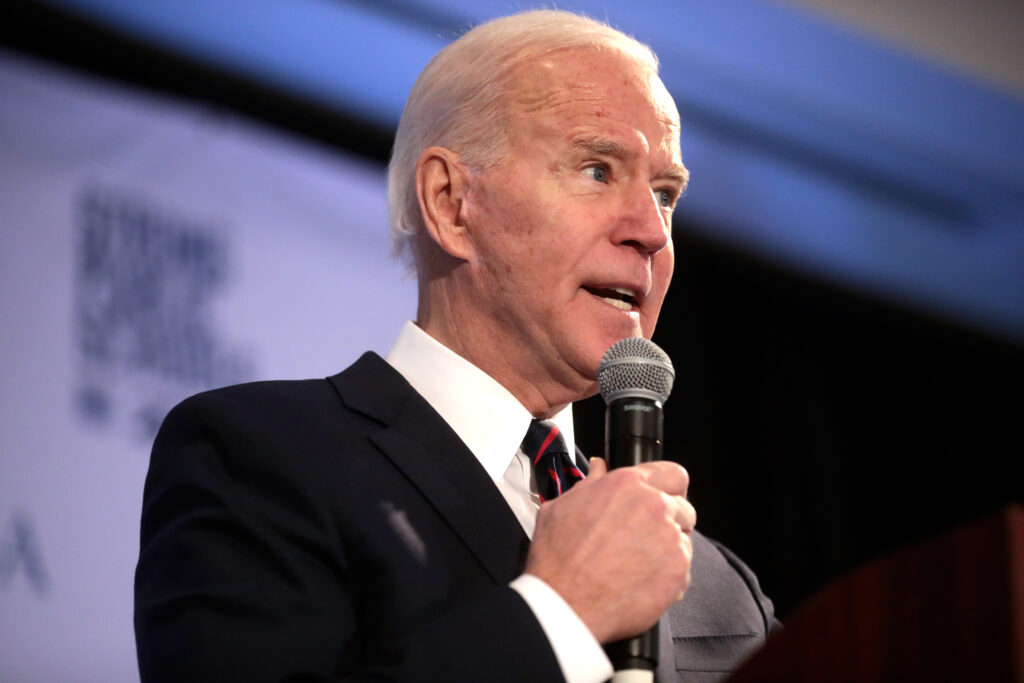Every February, the president of the United Sates sends his budget proposals to Congress for the coming fiscal year. Some are considered “DOA,” dead on arrival, while others ignite policy discussions that eventually bear fruit. President George W. Bush’s 2007 health policy proposals have elements that fall into both categories.
Expansion of HSAs
The president proposes changes that would make health savings accounts (HSAs) and the high-deductible health plans (HDHP) that accompany them more widely available and attractive. It is too early to know whether any of the proposals will pass Congress in 2006. The president’s proposals would offer tax credits and deductions totaling $156 billion over the next 10 years, and Congress will be hard-pressed to let go of that revenue. The HSA/HDHP proposals are likely to trigger debate that may prod action on individual pieces–if not this year, then perhaps after the November elections.
One senator who came out in strong support of the president’s HSA proposals was Finance Committee member Orrin Hatch (R-UT). The day after the proposals were sent to Congress, Hatch took to the Senate floor and urged his colleagues to support the president, saying, “HSAs will make health insurance less expensive in the long run, which is the best thing we can do to tackle the problem of the uninsured in this country. The president’s proposals represent a unique opportunity to make health care in this country more equitable, more affordable, and more cost-effective.”
America’s Health Insurance Plans (AHIP) reported in January that about three million people own HSAs. The Treasury Department predicts 14 million people will own them by 2010 if no changes are made to existing law. If all of the president’s HSA proposals were adopted, Treasury says the number of HSA owners would increase to 21 million by 2010.
Grace-Marie Turner, president of the Galen Institute, said the president’s “new tax breaks for purchasing health insurance will supercharge the incentive [to get health coverage].”
Changes Proposed
The president proposes the following changes to help increase use of HSAs:
1. Increase the amount people can contribute to their HSA. The new contribution limit would equal the total out-of- pocket limit set by law, currently $5,250 for an individual and $10,500 for families. This means any medical expenses experienced by an HSA owner can be paid with tax-free dollars. Current law allows HSA contributions only equal to the deductible amount.
2. Make the income used for a contribution to an HSA exempt from payroll taxes. A tax credit would be issued for the amount of taxes paid on the contribution amount.
These first two changes are the most expensive ($90 billion) of the proposed $156 billion in HSA changes over 10 years.
3. Make HSA premium payments tax deductible for those who do not have employer-sponsored health insurance. “Making the HSA changes proposed by the administration would encourage more micro-business owners to set up the accounts for themselves or their employees,” said Kristie Darien, executive director of the National Association for the Self-Employed, in a February release.
Particularly appealing is the fact that people who go out on their own and start a business would have the same tax advantages for HSA premiums and payroll taxes as those with employer-sponsored coverage. Currently, a self employed person can have a 100 percent deduction for HSA premium payments but still must pay payroll tax on the income used for the premium. The president’s proposal would change the second part of that, allowing a credit for the payroll tax amount.
4. Allow people who do not have employer-sponsored health insurance to pay for health insurance with funds from their HSA. “This is a practical provision,” said Roy Ramthun, a senior health advisor to Bush, at a meeting sponsored by the Coalition for Affordable Health Coverage, “and I am not sure why this was not part of the original law. Certainly those who take early retirement or lose their jobs and want some insurance other than COBRA should be able to use their HSAs for premium payments to maintain coverage.”
5. Allow large employers who have created Health Reimbursement Arrangements (HRAs) for their employees to convert them into Health Savings Accounts. If large employers were allowed to convert their HRAs into HSAs, the number of persons owning the newer, portable accounts would increase significantly. Employees could make contributions to the accounts and could take them with them when they leave their job. This would help expand the number of HSAs being offered in the large-employer market.
6. Allow insurers to offer a portable, nationally regulated HSA High Deductible Health Plan.
7. Help the uninsured gain coverage by creating a health care tax credit for HSA-eligible high-deductible health plans. Every year the president proposes a health care tax credit to help the uninsured afford coverage. So far, Congress has sat on it every year.
Although there is ideological support for tax credits among leaders in both Houses, the biggest obstacle is the cost of the credit. Now, with his new proposals, the president is taking a pragmatic approach. He has whittled the price tag down from $79 billion over 10 years to $24 billion. He did this by restricting the use of the health care tax credit to HSA-qualified high-deductible health plans.
The credit would still be worth $1,000 for singles and up to $3,000 for families, with the same income qualifications–up to $30,000 for singles and up to $60,000 for families.
Slower Growth, Greater Savings
Congress may say, “Not now, not this year,” to the president’s proposals to make changes to the Medicare program that would slow its rate of growth from 8.1 percent to 7.7 percent over five years. The bulk of the savings ($30 billion) would come from changes in payments to health care providers.
Chuck Grassley (R-IA), chairman of the Senate Finance Committee, which has jurisdiction over the Medicare program, noted, “Congress just finished reducing the rate of growth of Medicare and Medicaid by $11.1 billion over five years, and it wasn’t an easy legislative accomplishment.” Even the House of Representatives, which has a stronger Republican majority than the Senate, passed the most recent legislative savings package on Medicare and Medicaid by a margin of just two votes, 216-214.
Laura Clay Trueman ([email protected]) is executive director of the Coalition for Affordable Health Coverage and senior director of Jefferson Government Relations, LLC.



